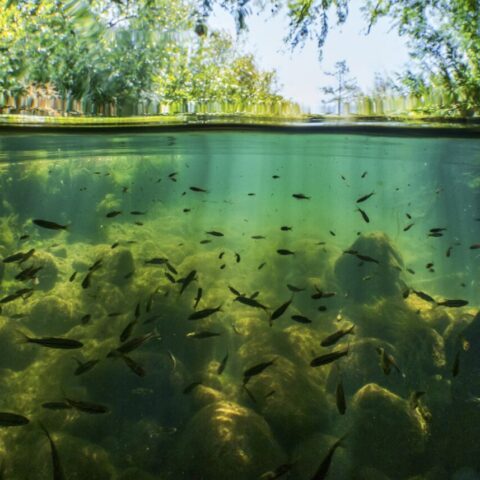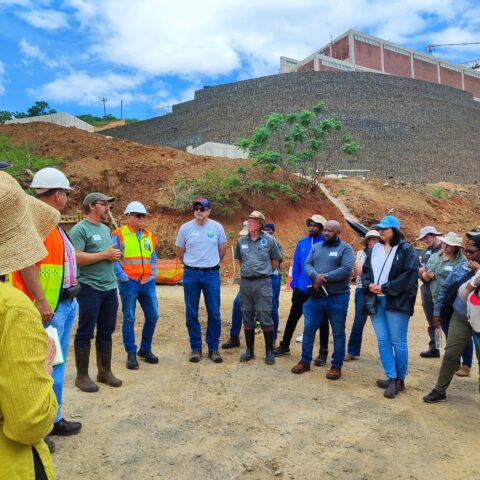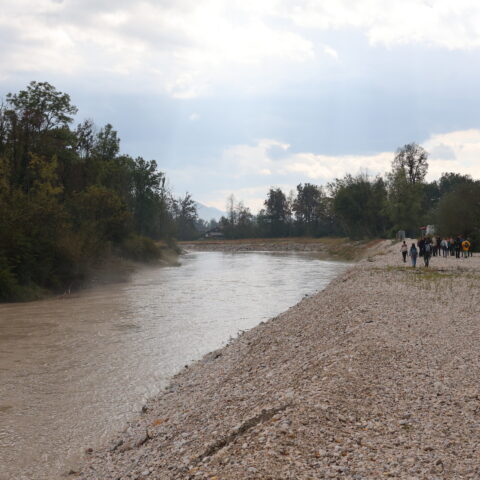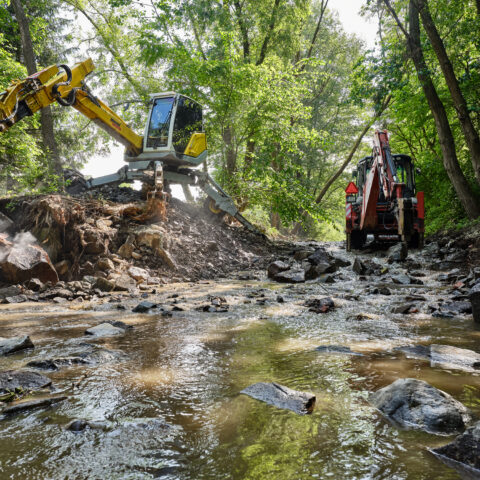Staggering collapse in migratory fish populations threatens health of millions and critical freshwater ecosystems

Celebrate World Fish Migration Day with Us!
30 April 2024
WFMF 2023 Annual Report: Celebrating Milestones and Setting New Goals
3 June 2024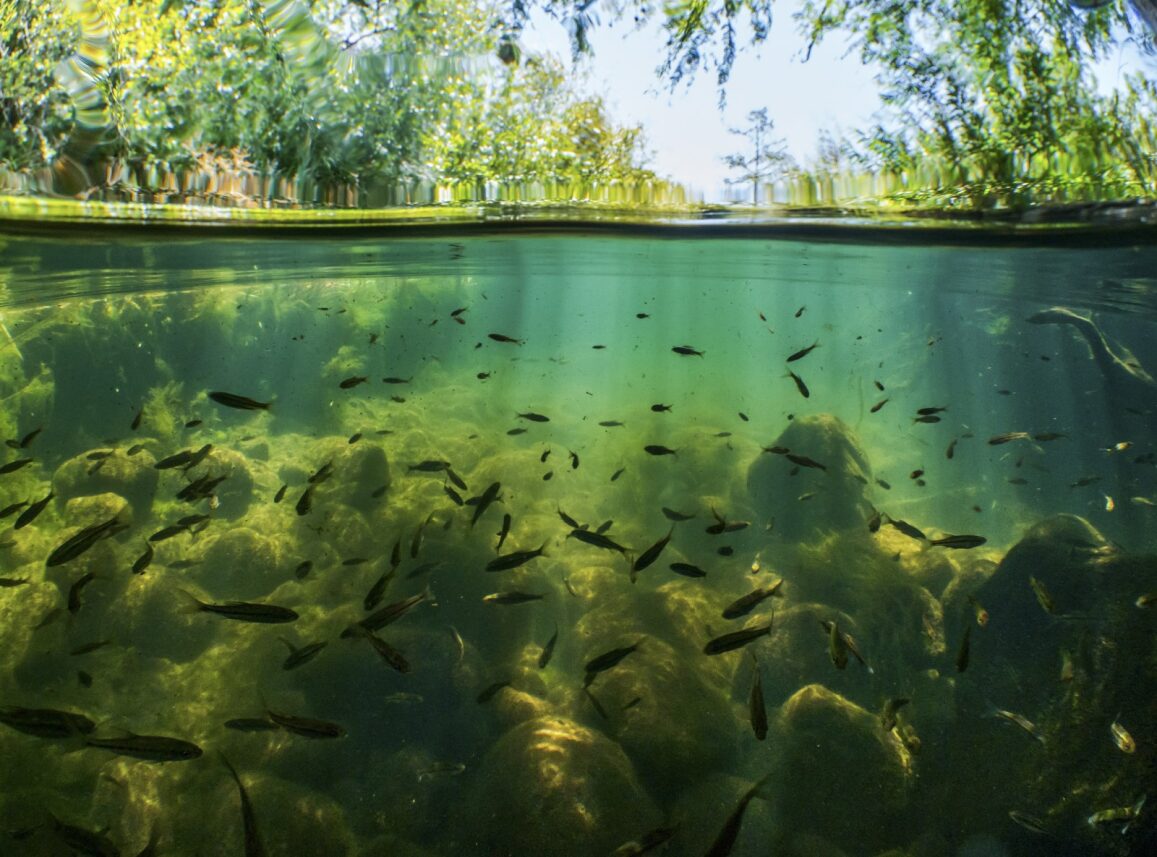
© Jeremy Shelton
Populations of migratory freshwater fish species continue to decline across the globe, threatening the food security and livelihoods of millions of people, the survival of countless other species, and the health and resilience of rivers, lakes and wetlands. This news is supported by a global study published today by the World Fish Migration Foundation (WFMF), ZSL, IUCN, The Nature Conservancy (TNC), Wetlands International and WWF.
Habitat loss and degradation – including fragmentation of rivers by dams and other barriers and conversion of wetlands for agriculture – account for half of the threats to migratory fishes, followed by over-exploitation. Increasing pollution and the worsening impacts of climate change are also fueling the fall in freshwater migratory fish species, which have now been declining consistently for 30 years.
Migratory fish are in sharp decline since the 1970s, with population in Latin America, Caribbean and Europe among the most affected.
The new Living Planet Index (LPI) report on freshwater migratory fishes reveals a staggering 81% collapse in monitored population sizes on average between 1970 to 2020, including catastrophic declines of 91% in Latin America and the Caribbean and 75% in Europe.Habitat loss and degradation – including fragmentation of rivers by dams and other barriers and conversion of wetlands for agriculture – account for half of the threats to migratory fishes, followed by over-exploitation. Increasing pollution and the worsening impacts of climate change are also fueling the fall in freshwater migratory fish species, which have now been declining consistently for 30 years.
Migratory fish are central to the cultures of many Indigenous Peoples, nourish millions of people across the globe, and sustain a vast web of species and ecosystems. We cannot continue to let them slip silently away.
Herman Wanningen, founder of the World Fish Migration Foundation
Migratory freshwater fishes are vital to the food security and nutritional needs of hundreds of millions of people, particularly in vulnerable communities across Asia, Africa and Latin America. They also support the livelihoods of tens of millions, from local fisheries to the global trade in migratory fish and fish-byproducts, and the multi-billion-dollar recreational fishing industry.
Conservation and restoration measures are pivotal for protecting migratory fish.
The report is not all doom and gloom. Nearly one third of monitored species have increased, suggesting that conservation efforts and improved management can have positive impacts. Some promising strategies include the improved and/or species-focused management of fisheries, habitat restoration, dam removals, the creation of conservation sanctuaries, and legal protection.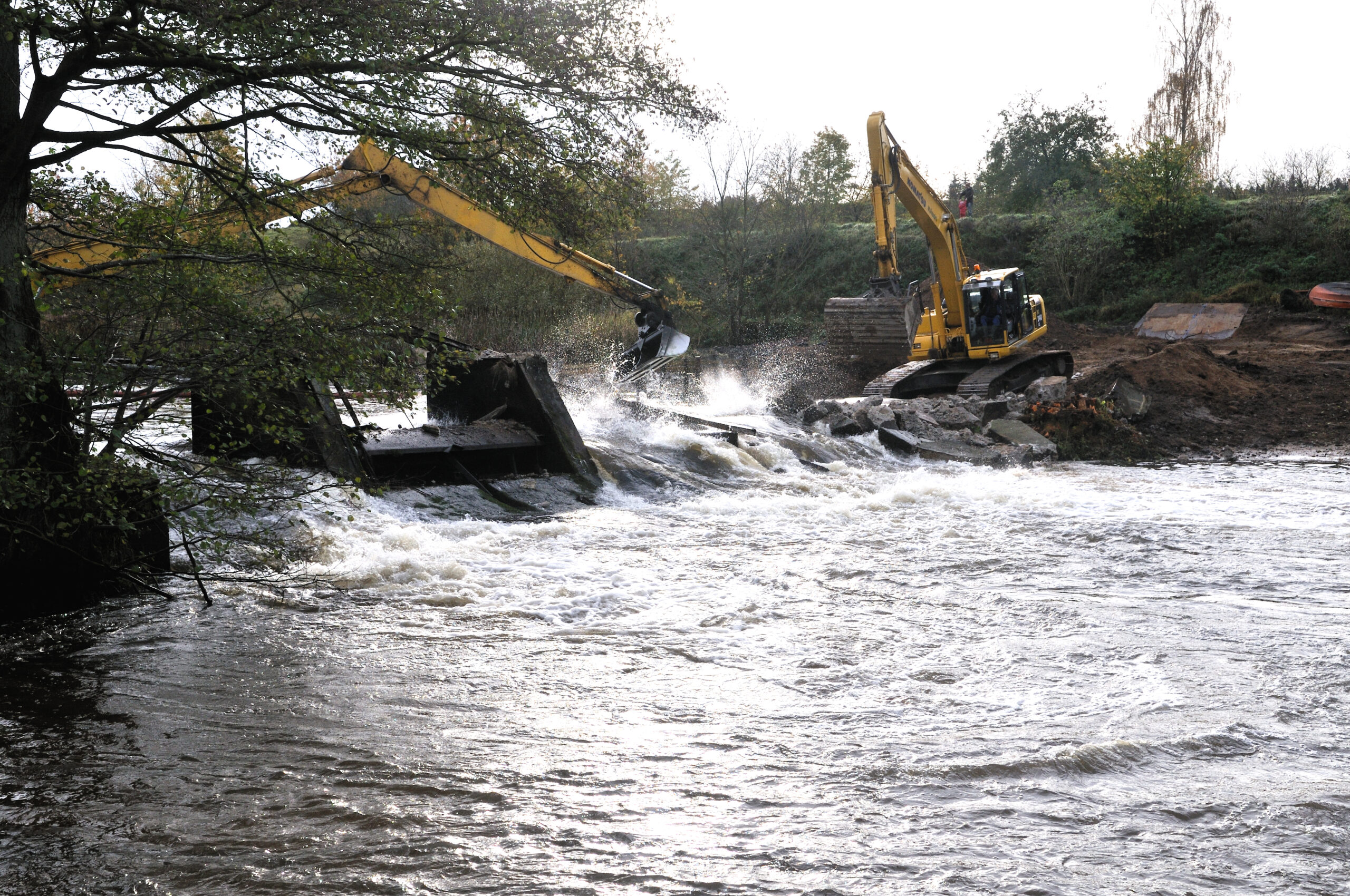
© Jan Nielsen & Finn Sivebæk, DTU Aqua
For example, in Europe and the United States, thousands of dams, levees, weirs and other river barriers have been removed in recent decades, and momentum for such actions is growing. In 2023, Europe removed a record 487 barriers - a whopping 50% increase over the previous high reported in 2022. Meanwhile, in the United States, the largest dam removals in history are currently underway along the Klamath River in California and Oregon. Dam removals can be cost-effective, job-producing solutions that help reverse the disturbing trend of biodiversity loss in freshwater systems as well as solutions that improve river health and resilience for people, too.
Along with protecting and restoring healthy rivers, there is an urgent need to strengthen monitoring efforts; better understand fish species' life-history, movement and behaviour; expand international cooperation, such as adding more freshwater migratory fish species to the Convention on Migratory Species (CMS); and promote greater public and political engagement.
A global initiative for migratory fish species: addressing the challenge through collaborative action.
While scaling up dam removals is a key solution to reversing the collapse in freshwater migratory fish populations, there are more. Decision makers across the globe must urgently accelerate efforts to protect and restore free-flowing rivers through basin-wide planning, investing in sustainable renewable alternatives to the thousands of new hydropower dams that are planned across the world as well as other measures that contribute to the ambitious goals in the Kunming-Montreal Global Biodiversity Framework to protect 30% of inland waters and restore 30% of degraded inland waters. Rising to the Freshwater Challenge’s goal of restoring 300,000 km of degraded rivers will contribute enormously to reversing the trend in migratory fish populations.Along with protecting and restoring healthy rivers, there is an urgent need to strengthen monitoring efforts; better understand fish species' life-history, movement and behaviour; expand international cooperation, such as adding more freshwater migratory fish species to the Convention on Migratory Species (CMS); and promote greater public and political engagement.
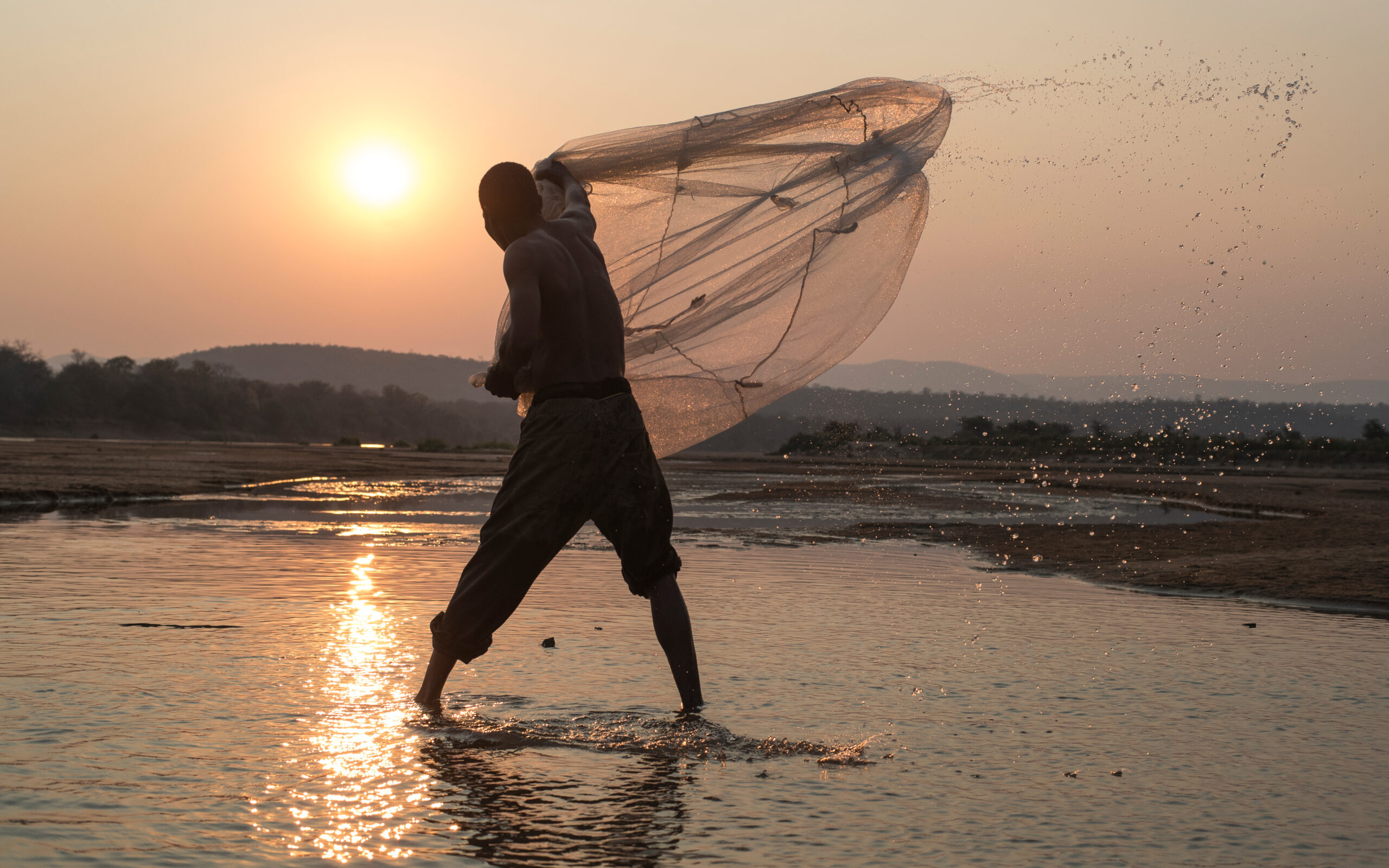
© James Suter Black Bean Productions - WWF-US
There are many initiatives around the world supporting the recovery of migratory fish species and freshwater biodiversity in general. The Emergency Recovery Plan for Freshwater Biodiversity highlights a variety of measures that could transform the management and health of rivers, lakes and wetlands to improve the health of freshwater systems and biodiversity. The Global Swimways Initiative identifies and prioritizes key river migration routes that are important for ecologically, culturally, and economically important fish species. It highlights the collaborative efforts of international river basin authorities in addressing this critical issue.
World Fish Migration Day 2024: a day dedicated to migratory fish and free-flowing rivers.
Since 2014, the World Fish Migration Foundation has organized World Fish Migration Day to raise awareness about migratory fish. This year’s edition celebrates existing and renewed free-flowing rivers under the theme “Free Flow” and already counts over 65 participating countries! Individuals and organisations are still in time to join, either by creating their own events, joining nearby events, or connecting live to watch other events around the world on May 25th at 11am CET, at the World Fish Migration Day YouTube channel.Want to be on top of the latest dam removal and river restoration news? Subscribe to our newsletter and receive monthly updates!

